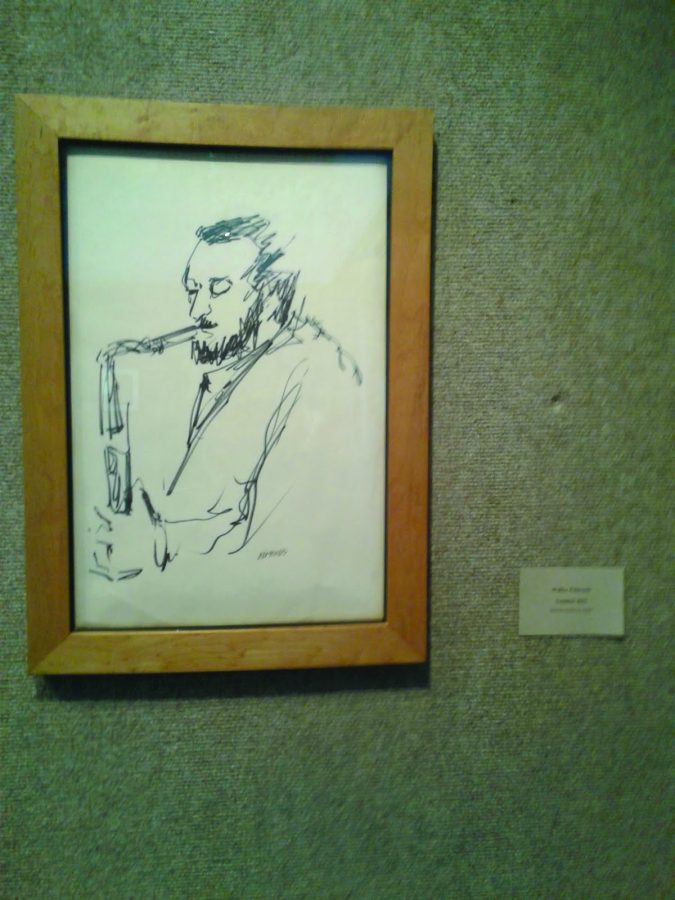The spirit of creativity is very much alive as 18 skilled artists come together to form a Recherche experience, otherwise known as rare and enticing forms of artistic expression. Through January 18th to March 10, 2017, The Hicks Art Center at the Newtown Campus of Bucks County Community College is displaying the works of 18 painters, sculptors, printmakers, and photographers, 7 of whom are African-American and were selected by David Pease from the Tyler School of Art.
In 1969, these works were displayed in a gallery on Locust Street in Center City, Philadelphia opened by Sarie Robinson, Merle Aberman and Sande Webster and because of their originality have been exhibited in shows from Philadelphia to New York, Hampton, Dallas and Atlanta to Copenhagen, Denmark, Bahia and Brazil.
At the time, it was believed that displaying works by African-Americans would drive away white people. The opening of the gallery proved this assumption to be false, as the appreciation for these artworks has allowed for their display in museums such as the Philadelphia Musem of Art, the Whitney and the Boston Museum of Art.
These exhibitions have provided prizes, awards, fellowships, and museum and collection inclusions as expressions of gratitude for the undeniable skill of these artists. These renowned artists gradually formed the Recherche group, now joined by 11 additional artists, which represents unique and rare forms of art.
Webster is an advocate for the connectedness which these works create as they are an expression of a raw and exposed form of creativity that is appealing to all people regardless of skin color. The pieces symbolize the struggle for acceptance which binds us together as we strive to spread awareness of others interpretations of unique experiences. They are intended to represent the freedom of creativity and the idea that art is defined by the abilities of the artist and not by the color of their skin.
The works define the struggle African-Americans faced as they fought to reshape their identities through forms of art which embrace open-mindedness and convey movement behind meaningful expressions of beauty. The group has proved to be extraordinarily successful as the Philadelphia Community expanded its realm of creativity by allowing these artists to have a voice expressed in the depth of their creations.
An artists panel will take place on Wednesday, Febraury 1st from 3-4:30 PM in room 257 of Grupp Hall in which three of the artists, James Brantley, Donald E. Camp and Syd Carpenter will discuss their works and answer questions. A gallery reception will follow from 5-7 PM in the Hicks Art Center Gallery which will feature a curator talk by Webster-Brantley.
At the artists panel, Syd Carpenter, Donald Camp, and James Brantley discussed their artwork and their individual experiences with the Recherche group. Donald Camp, who is a photographer, uses earth and casein to create headshots which resemble the torn and rugged feel of blues and jazz. Interested in newspapers since he was a young boy, Camp intended to expose the face of the African-American male during a time when so many were convinced that African-American men were becoming extinct. Camp quotes “my work always intended to make a global community”, a statement which represents his desire to convey acceptance.
Another African-American male artist, James Brantley, takes a different approach in his artwork as he uses acrylic paint to create what he refers to as “conceptual landscapes” which centers around the sky and the emptiness of urban life. Brantley stresses the importance of valuing collections and documentation over money, expressing that “money is like the frosting, I like the cake.” Much like Camp, Brantley refers to “universiality” as the glue that holds the world together.


